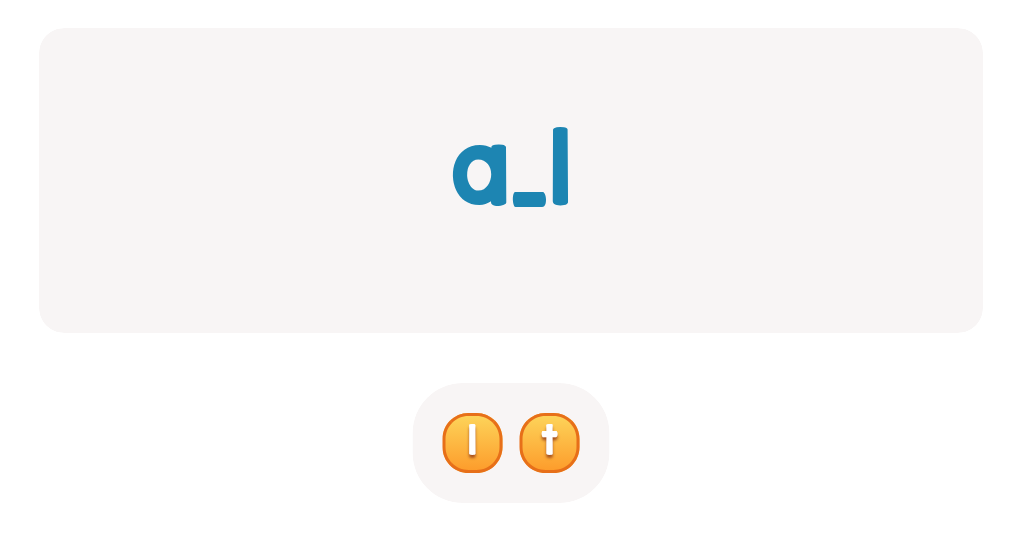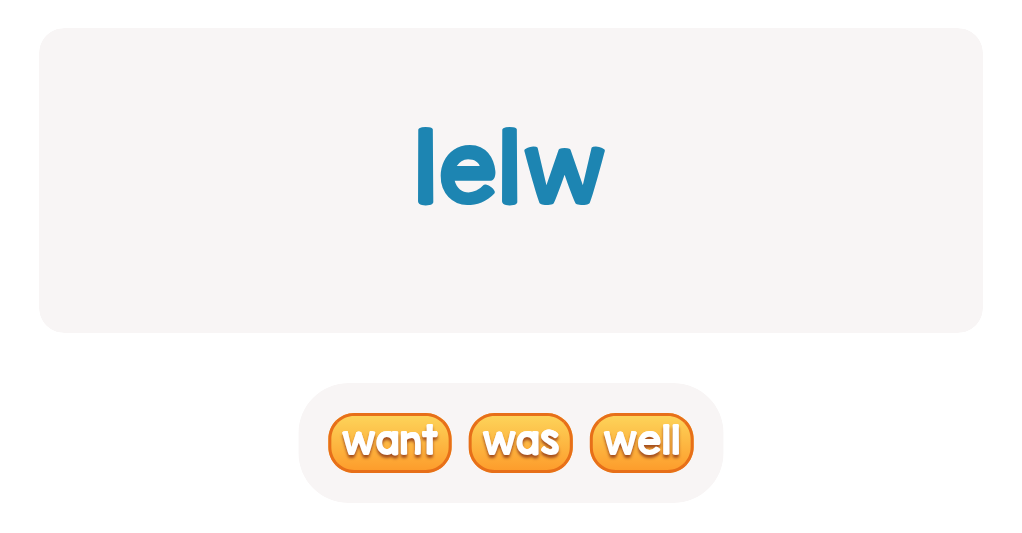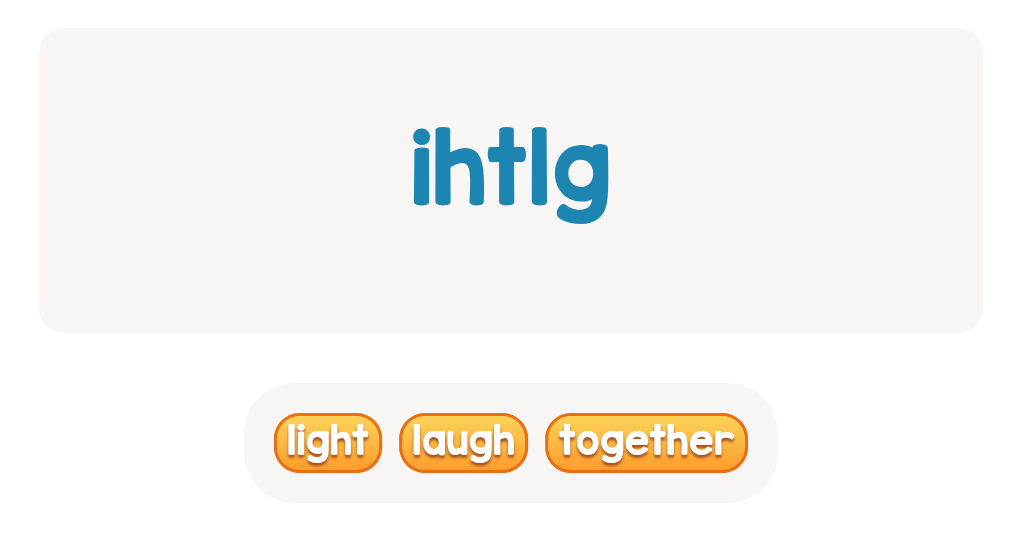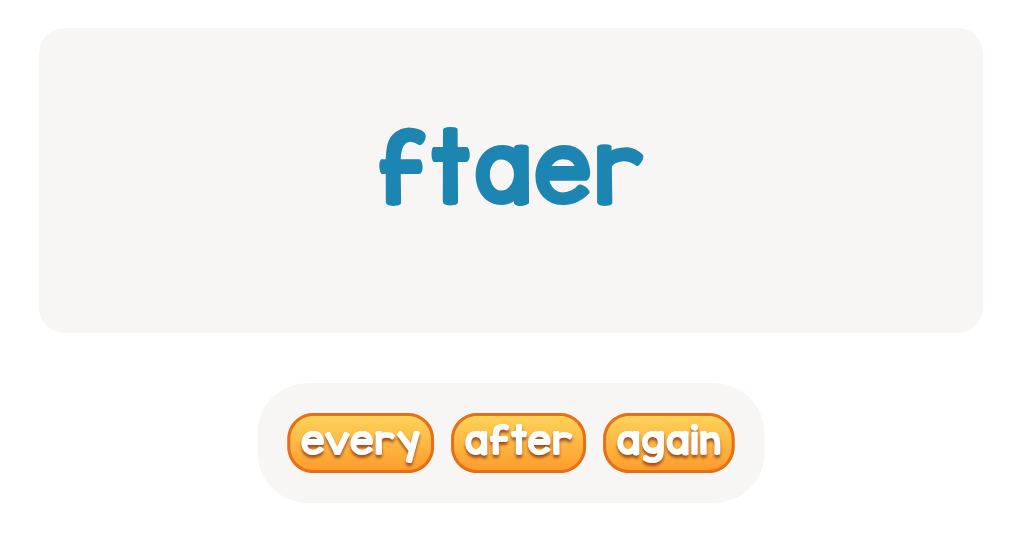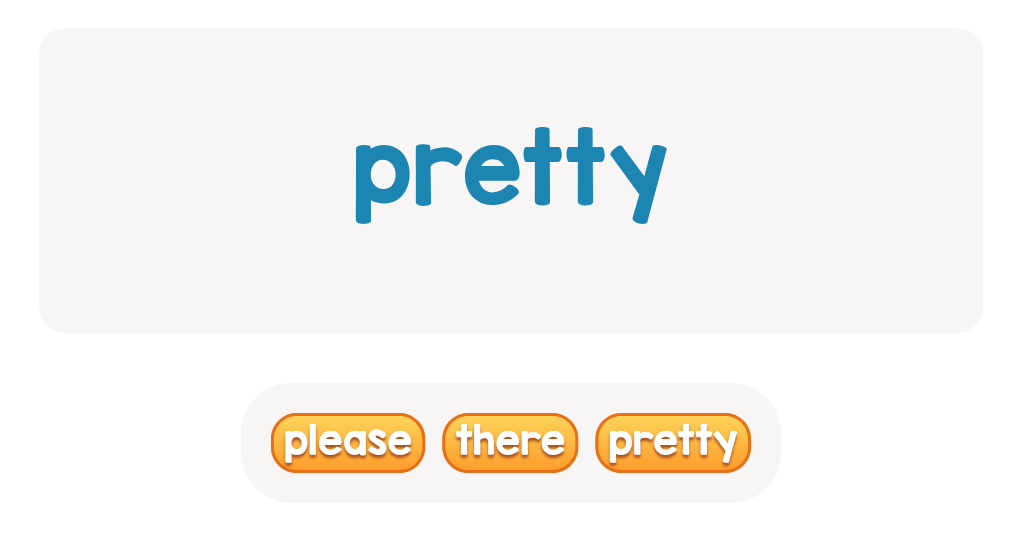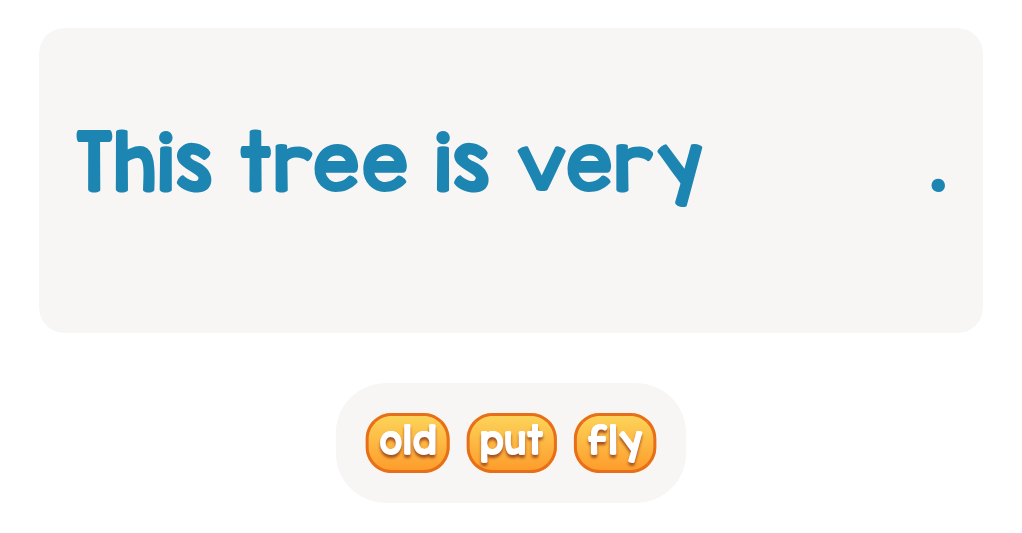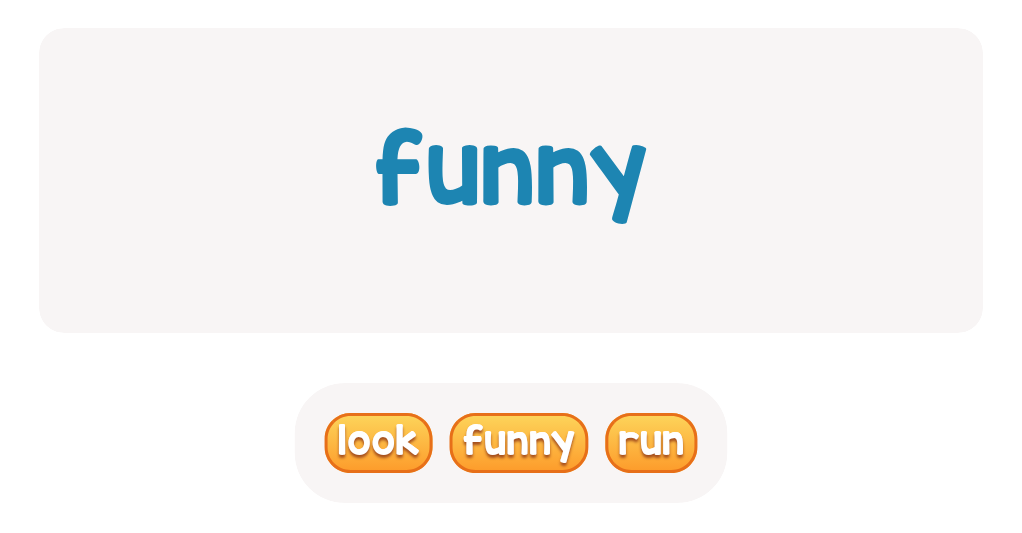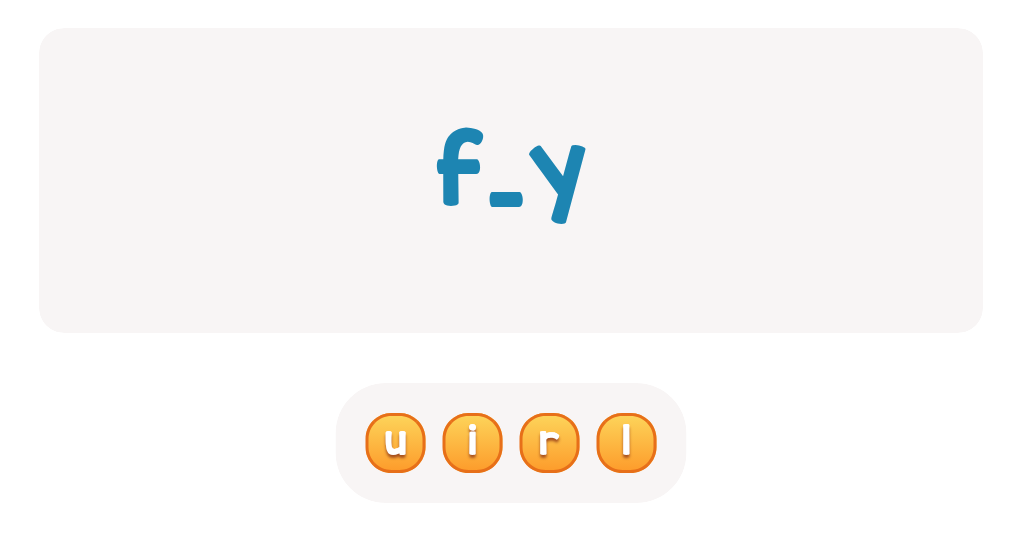Contextual understanding Normal Building Vocabulary Worksheets for Ages 5-7
4 filtered results
-
From - To
Enhance your child's vocabulary with our Contextual Understanding Normal Building Vocabulary Worksheets, specifically designed for ages 5-7. These engaging worksheets help young learners grasp the meaning of words in various contexts, strengthening their reading comprehension and language skills. Each worksheet includes fun activities that encourage critical thinking and creativity, making vocabulary building enjoyable. Ideal for home or classroom use, our resources foster a love for learning while promoting essential language development. Watch your child thrive as they connect words with their meanings through relevant scenarios. Explore our collection and support your child's educational journey today!
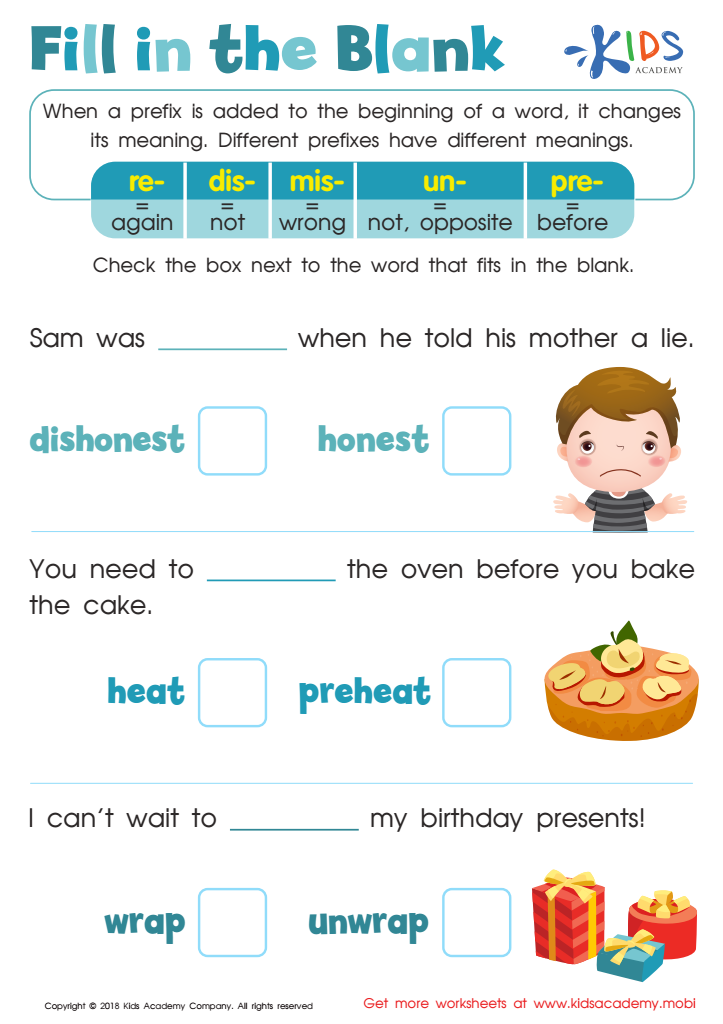

Reading: Fill in the Blank Worksheet
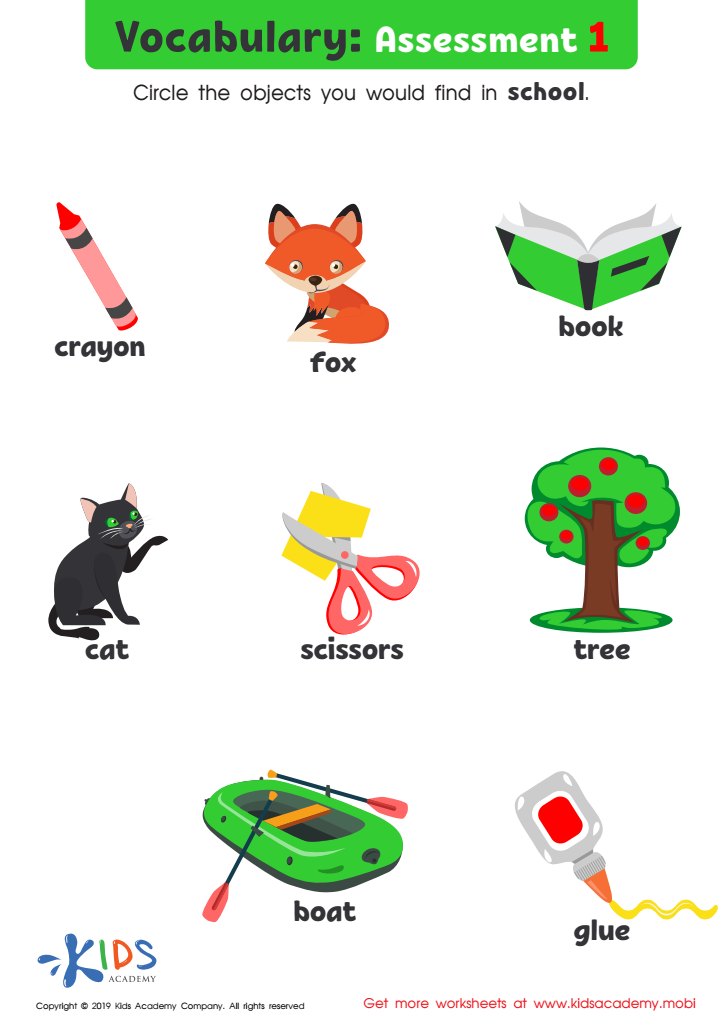

Vocabulary: Assessment 1 Worksheet
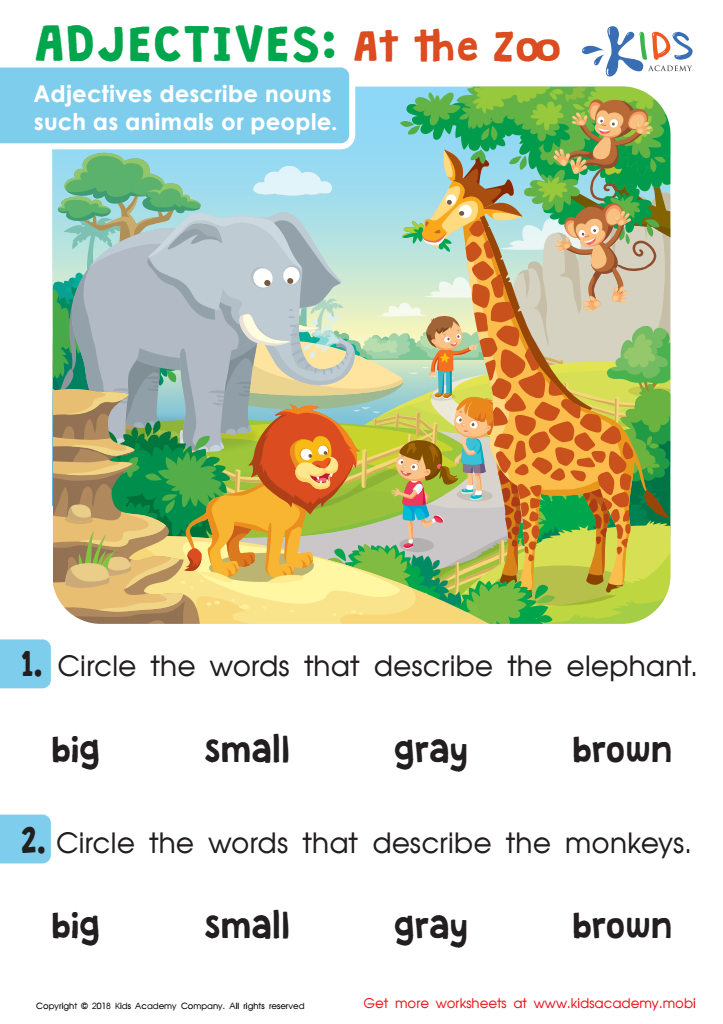

Adjectives: At The Zoo Worksheet
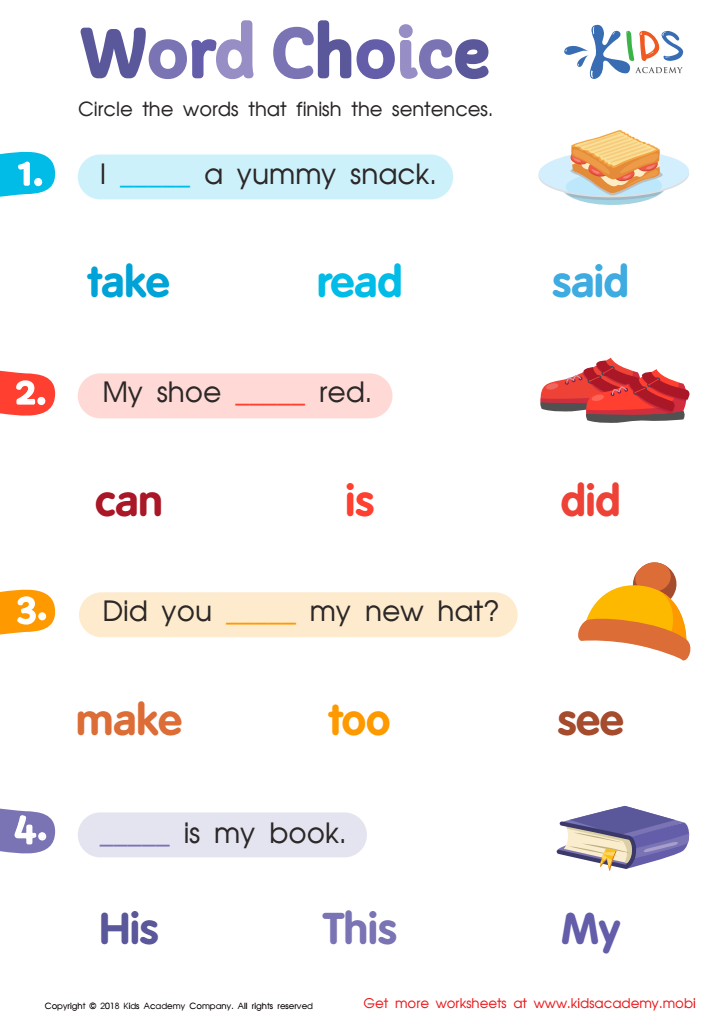

Word Choice Worksheet
Understanding context is crucial for children aged 5-7 as it directly impacts their language development and comprehension skills. During this formative period, kids are not only expanding their vocabulary but also learning how words function within sentences and everyday conversation. Contextual understanding helps them decipher meanings of words they may encounter for the first time. For example, the word "bark" has different meanings depending on whether it refers to trees or a dog. Teachers and parents play a vital role in helping children make these connections.
Building vocabulary in context promotes stronger communication skills. When children are taught vocabulary through stories, songs, or real-life situations, they learn to use words accurately and express their thoughts and ideas more clearly. This approach also fosters critical thinking skills as they learn to infer meaning and analyze language nuances.
Moreover, strong vocabulary skills are linked to better reading comprehension, academic success, and confidence in social interactions. By prioritizing contextual understanding and vocabulary building, parents and teachers ensure that children feel empowered in their language abilities, paving the way for lifelong learning and effective communication. This foundational investment ultimately supports their overall development and future academic achievements.
 Assign to My Students
Assign to My Students
